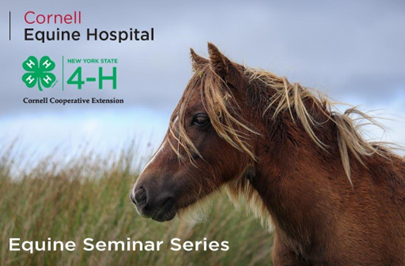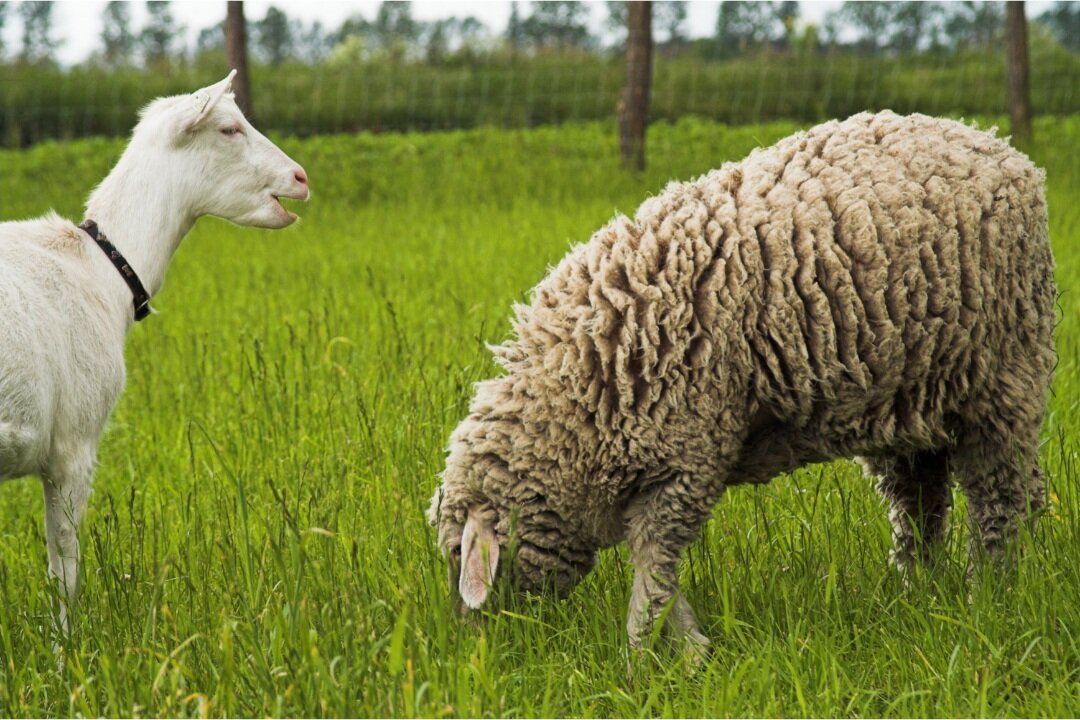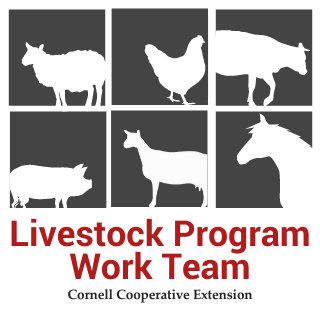CCE Livestock Program Workteam
News, Updates & Recent Publications
Grazing Small Ruminants to Avoid High Spring Parasite Loads
Getting our sheep and goats out on pasture is something that we all look forward to this time of year. Having the animals outside makes it easier to get the barns cleaned and helps decrease our feed bills. Plus, there's nothing more serene than watching our charges walking in the lush green grass, heads down, thoroughly enjoying the buffet after a winter of stored forage.
Dealing with Marek's Disease in Chickens
Marek's Disease is one of the most common flock illnesses. It is economically devastating for unvaccinated commercial flocks, and emotionally tough for small flock owners with unvaccinated flocks. However, with attention to flock health and vaccination of new arrivals, it can be easily managed.
So, What Adds Value to a Beef Calf?
With the costs of doing business going up, farms that raise beef calves need to take steps to help increase the return on investment from their feeders. This can be achieved through pre-conditioning, or setting their animals up for success when moved to the feedlot. The move to the feedlot from a pasture-oriented home is a huge change, and while there will naturally be depressions in rate of gain, there are also chances for increased illness and death of animals that are not pre-conditioned. No one wants an animal to die while in their care - both from welfare and financial standpoints. While some market channels don't pay high premiums for pre-conditioning, others will because they understand the value added by the farmer from birth through the pre-weaning period.

Equine Seminar Series - Fall ‘22
A virtual series hosted by Cornell’s Equine Hospital, Cornell Cooperative Extension and the New York State 4-H Horse Program.
Prevention of Highly Pathogenic Avian Influenza (HPAI) in Ratities
Avian Influenza is a highly contagious poultry virus that has the potential to cause large financial losses to the U.S. poultry industry. A highly pathogenic strain (HPAI), H5N1, last hit the U.S. in 2014-2015, and was considered the nation's largest animal health emergency. Over 200 cases of the disease were found in commercial flocks, backyard flocks, and wild birds. More than 50 million birds were affected and subsequently died or were euthanized on more than 200 farms in 15 states.
Dealing with Lice on our Ruminant Species
There are a few parasites that producers will interact with over the course of keeping stock. One of those is the humble louse. Lice are small, about the size of a pinhead, and can be hard to spot unless either a.) you're looking for them or b.) they're in such large numbers that they are causing discomfort to the animal.

Screening for Diseases when Buying Goats and Sheep
The contagious diseases you initially introduce into your herd or flock will haunt you for years to come. The following are common infectious diseases found in US herds. Be sure to ask sellers directly about the status of these diseases in their herds. People are often more honest when asked directly about specific diseases rather than simply asked “is your herd healthy?”

